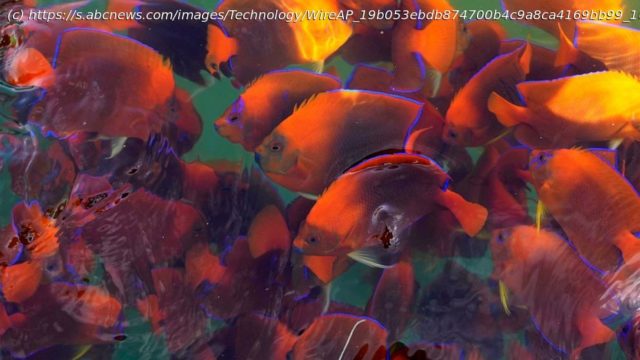Array
It took a broken air conditioner for Tom Bowling to figure out — after nearly eight months of failure — how to breed the coveted pink-yellow tropical fish known as blotched anthias.
Bowling, an ornamental fish breeder based in Palau, had kept the fish in cool water, trying to replicate the temperatures the deep-water creatures are usually found in. But when the air conditioner broke the water temperature rose by a few degrees overnight — with surprising results. “They started spawning — they went crazy, laying eggs everywhere,” said Bowling.
Experts around the world tinker over water temperature, futz with lights, and try various mixes of microscopic food particles in hopes of happening upon the particular and peculiar set of conditions that will inspire ornamental fish to breed. Experts hope to steer the aquarium fish trade away from wild-caught fish, which are often caught with poisons that can hurt coral ecosystems.
PROPER AMBIANCE REQUIRED
Most of the millions of glittering fish that dart around saltwater aquariums in the U.S., Europe, China and elsewhere are taken from coral reefs in the Philippines, Indonesia and other tropical countries.
Trappers often stun them using chemicals like cyanide. They are then transferred to middlemen and then flown across the globe, ending up in aquariums in homes, malls, restaurants and medical offices. Experts estimate “large percentages” die on the way.
Part of the problem: only about 4% of saltwater aquarium fish can be bred in captivity, largely because many have elaborate reproductive cycles and delicate early life stages that require sometimes mysterious conditions that scientists and breeders struggle to reproduce.
For decades experts have been working to unlock the secrets of marine fish breeding. Breakthroughs don’t come quickly, said Paul Andersen, head of the Coral Reef Aquarium Fisheries Campaign, which works to support sustainable coral reef aquarium fisheries.
“It requires years of investment, research and development, oftentimes to make incremental steps, » he said. And then even longer, he said, to bring newly captive-bred species to market.
The Moorish idol, a black-and-yellow striped fish with a mane-like dorsal fin spine, requires lots of space.






